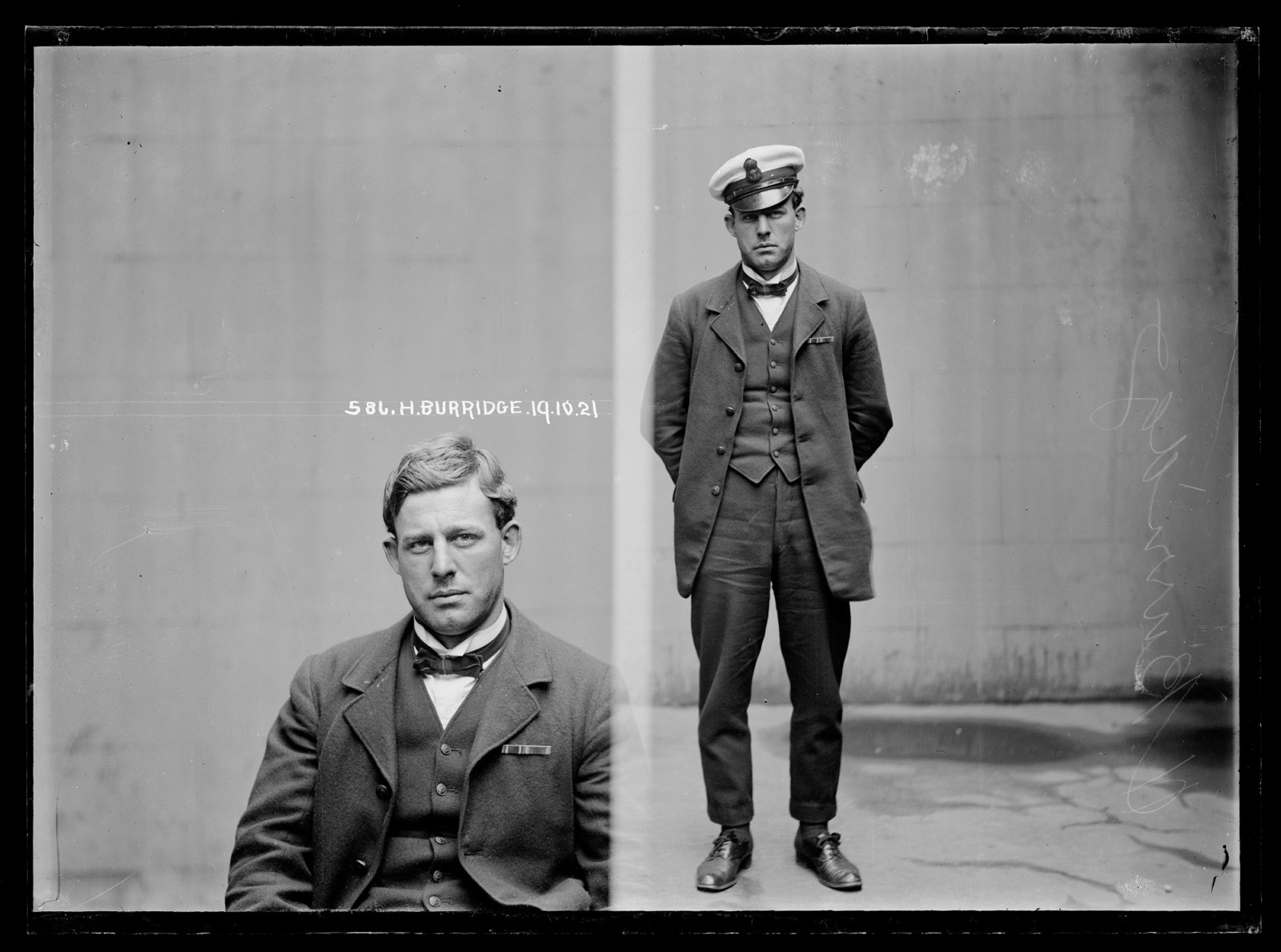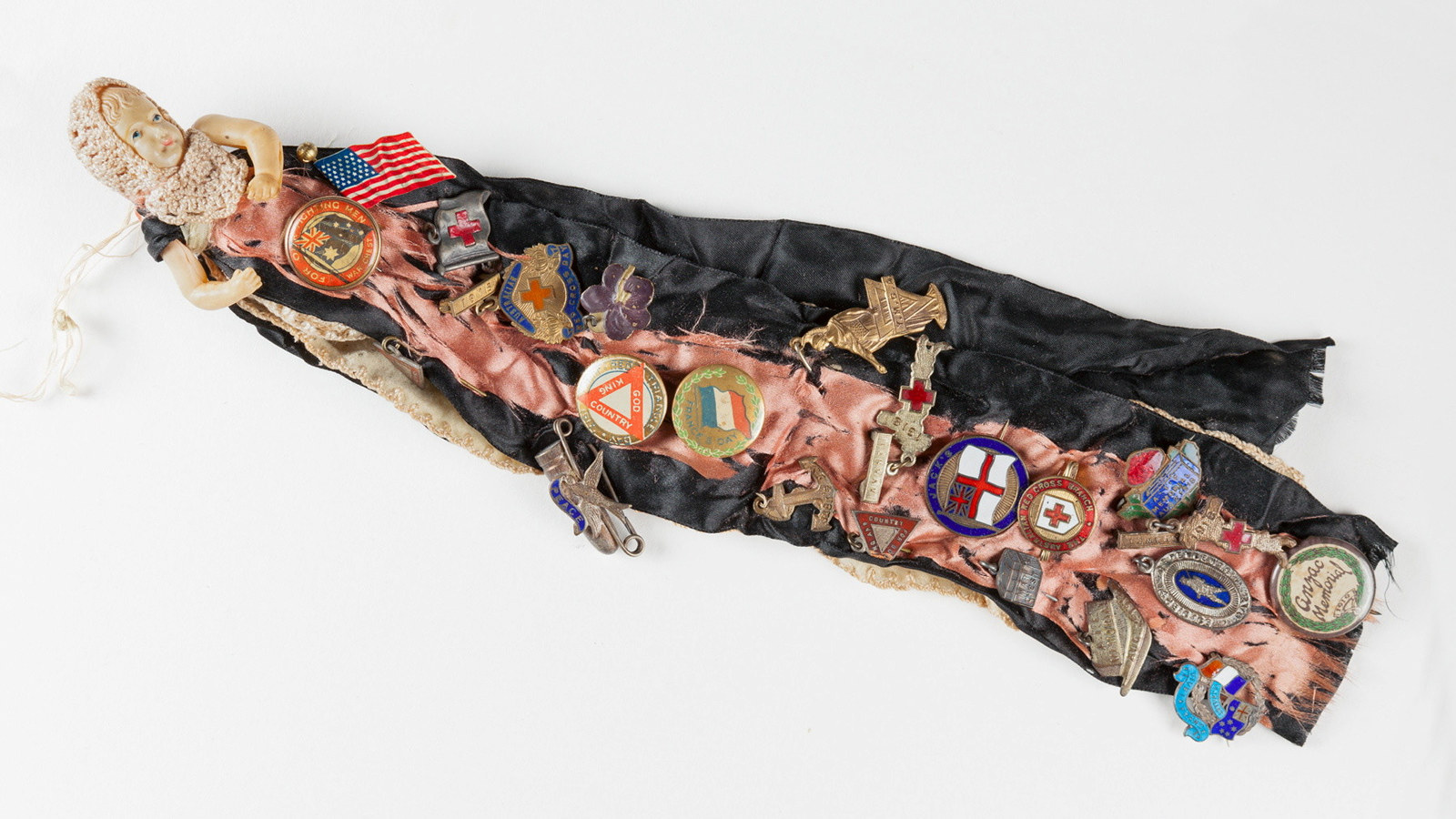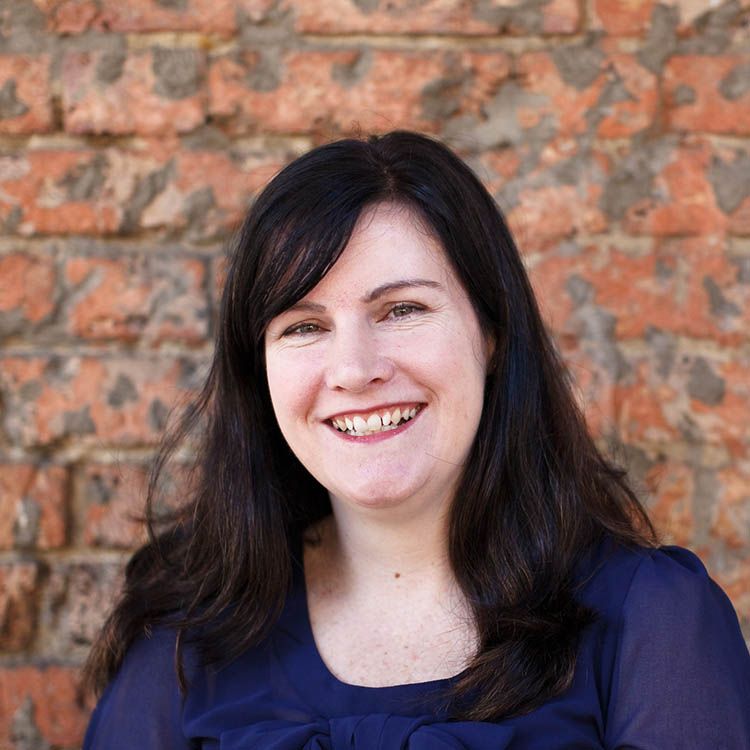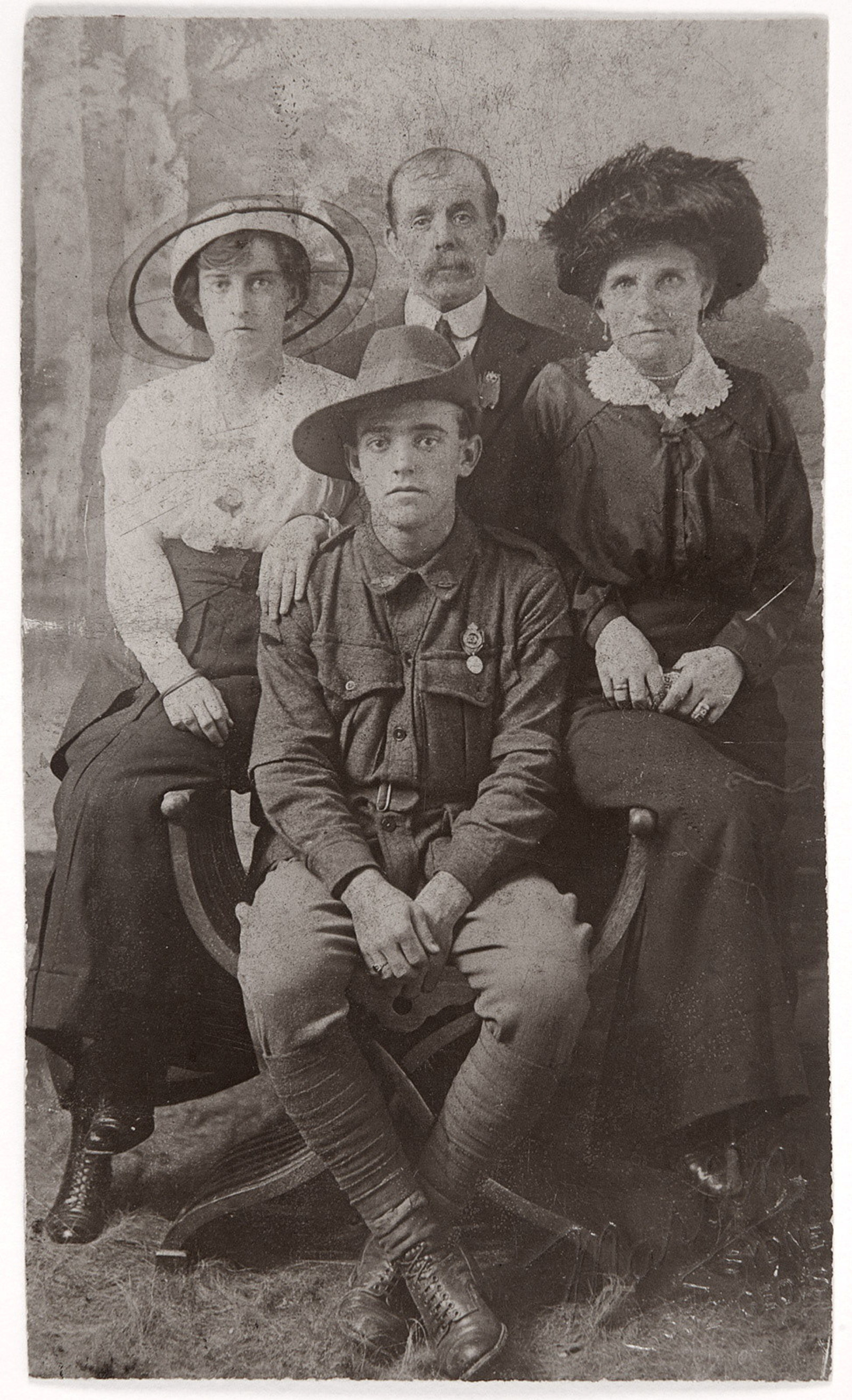The battle of Broken Hill
On New Year’s Day 1915, a mass shooting in which four people were killed and seven injured occurred in the mining town of Broken Hill. The attackers, two men variously described in the press as Hindoos, Indians or Turks, were later killed in a gun battle with local rifle-club members, civilians and police.
The act of violence made headlines around Australia: ‘Dreadful affair’, ‘Two foreigners run amok’, ‘War in Broken Hill’, ‘War in Australia’, ‘Holy War at Broken Hill’. The story of that day in Broken Hill is complex and emotionally charged. The actions of the two shooters, Mullah Abdullah and Gool Badsha Mahommed, have been variously understood as the violent eruption of two unhappy and disenfranchised men or as an act of war on Australian territory.
On New Year’s Day around 1200 men, women and children from the Manchester Unity Independent Order of Oddfellows1 boarded a train headed from Broken Hill to the small town of Silverton for a picnic. The picnickers had piled into 40 open ore wagons pulled along the train line by a locomotive. As the train passed a ridge about 3 kilometres out of town the picnickers saw Mahommed’s ice-cream cart at the side of the track with an Ottoman (Turkish) flag flying from it and heard gunfire. Many of them assumed that the shots were in celebration of the day, and it was not until the injured began slumping in the carriages that panic and hysteria broke out.
Police were notified, and the military, along with armed civilians, began a heated gun battle with the two offenders, who had fled and taken shelter behind a quartz outcrop. Shots were exchanged for about 40 minutes before the battle ended with the shooting of both Abdullah and Mahommed. The town’s shock soon turned into anger, and residents of the cameleers’ camp where Abdullah and Mahommed lived were threatened, along with German residents who were caught up in conspiracy theories that they were behind the two men’s actions. That night the German Club in Broken Hill was torched; the police stated that the building was ‘maliciously set fire to and destroyed’. The Club’s trustees offered a reward of £25 for information about the crime, and the sum was matched by the state government, who wished to make a clear statement that vigilantism would not be tolerated.
In 1915 the Broken Hill area was dotted with mines that attracted workers from all over the world. In the town, tensions simmered between unionised and non-unionised workers and between European and non-European; this had only worsened since the outbreak of World War I. The cameleers’ camp where Abdullah and Mahommed lived with other non-European workers was located on the outskirts of town. Like many men who had arrived in Australia in the 19th century from the Indian subcontinent and central Asia, their first job in Australia was working with the camels that transported materials, food and water across the desert to inland settlements. However, by the time of the shooting Mahommed was working as an ice-cream vendor and Abdullah was a halal butcher.
Abdullah and Mahommed were Muslim men but their nationality has been much debated. Police records identify Mahommed as a Turk, Afghan or Afridi, while Abdullah is described as Indian. The spelling of their names also varies in police and media reports. Today it is believed that Abdullah was probably born in Afghanistan or a nearby region of India (today’s Pakistan), as he was literate in Dari, the formal language of Afghanistan. He arrived in South Australia around 1890. Mahommed was born near the North-West Frontier Province of British India, in the mountainous Tirah region of Afghanistan. He was an Afridi tribesman who spoke Pushtu and first came to Australia in his youth, working as a cameleer. He then went back home to enlist in the Turkish Army and fight in a series of campaigns under the Turkish sultan Mehmed V Reşâd. He returned to Australia around 1912. The description of the men as Turks in some contemporary newspapers was probably due to the fact that they brandished an Ottoman, or Turkish, flag and had pledged allegiance to the sultan who had declared a holy war on Britain and her colonies.
The coronial inquiry was reported in the NSW Police Gazette on 17 February 1915 under the title ‘Murder and homicide’. The entry says:
Broken Hill. – On the 1st January, 1915, Gool Badsha Mahommed (40, Turk, Afghan or Afridi) and Mullah Abdullah (60, Indian), murdered Alma Priscilla Cowie (17), William John Shaw (46), Alfred Elton Millard (31), and James Craig (69), at Broken Hill, by shooting them with rifles. Offenders were subsequently shot by the Police and others …
The evidence gathered by the Broken Hill police – rifles, knives, flag, etc – was eventually sent to the original NSW Police Museum at the Depot in Bourke Street, Redfern, Sydney police headquarters. They were described in one newspaper report in 1920 as relics of ‘the Turkish insurrection’2 and now form part of the Justice & Police Museum collection.
Questions remain as to why the men decided to attack the innocent picnickers. Mahommed wrote in a note that he was acting as a subject of the Turkish sultan. Abdullah’s motive was perhaps more complicated. For some time he had been subjected to taunts and attacks by local youths. He had also been fined by the court for running his own slaughterhouse. Legislation required that animals be butchered at the local abattoir; however, pigs were also slaughtered on this site, meaning that any meat processed there was not halal, so Abdullah had set up his own slaughterhouse in the cameleers’ camp. In a note he left for police he mentioned his hatred for and desire to kill the sanitary inspector who had reported him and also declared his allegiance to the Turkish Empire. The cumulative effects of discrimination and racism cannot be discounted when considering the possible motives for the attack. Debate continues as to whether the shootings were an outburst of extreme violence perpetrated by two criminals or an act of war on Australian soil. The complex story of ‘the battle of Broken Hill’ continues to provoke debate over 100 years later.
Footnotes
- The Manchester Unity Independent Order of Oddfellows was a mutual benefit society providing aid to members in times of sickness and unemployment.
- ‘Mementoes of crime’, Brisbane Truth, 19 December 1920, p9.
Published on
More

On This Day
17 Dec 1915 - 'Waratah' recruitment march
On 17 December 1915 the "Waratah" recruitment march arrived in Sydney

WW1
A dubious defence
On 19 October 1921 Herbert Burridge was listed in the New South Wales Police Gazette as a deserter from HMAS Cerberus

WW1
A patriotic fundraising memento
This tiny celluloid doll, just 10 centimetres in height and clothed in panels of ribbon, is showing her age

